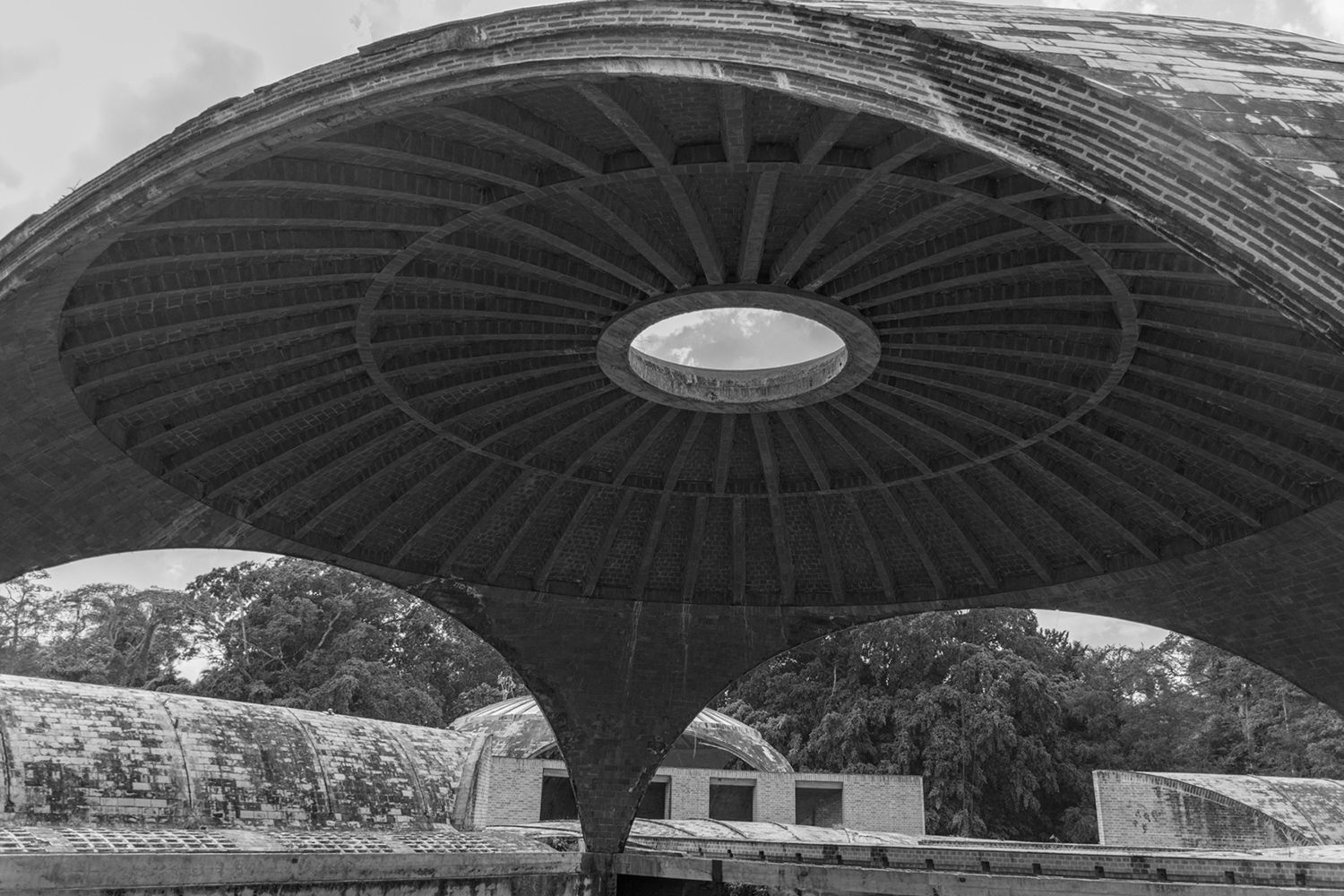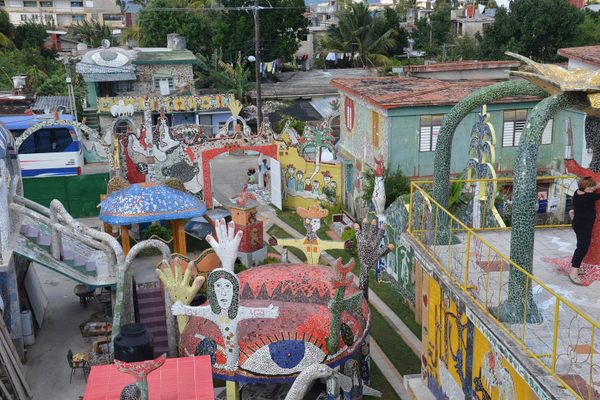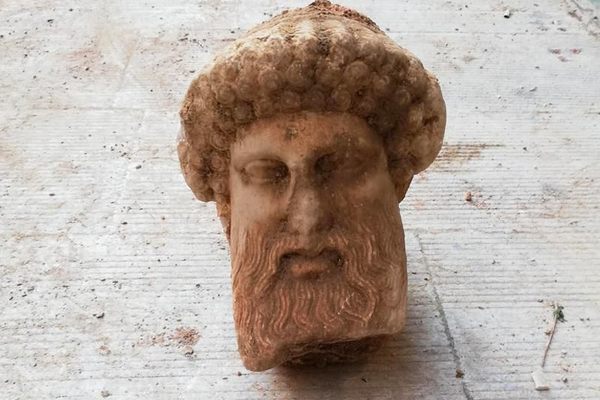Cuba’s National Art Schools Are an Unfinished Masterpiece
The designs fell out of favor before construction was completed.

This week, we’re looking at unfinished infrastructure—places around the world where grand visions didn’t quite live up to their potential. Previously: the nuclear power plant in Crimea that Chernobyl stopped dead, Nikola Tesla’s giant electrical tower, an unfinished highway in Cape Town, South Africa.
Ricardo Porro had just two months to design five buildings for five different art schools—ballet, modern dance, visual arts, music, theater. It was 1961, and he had only recently come back to Cuba after a few years in Venezuela, where he had fled after his anti-Batista politics had become a problem back home. He knew he would need help to finish the schools, and he recruited two Italian architect friends to help him complete the task. Together, they would design Cuba’s National Art Schools.
The idea had been dreamed up on a golf course, at a once-luxurious and exclusive country club. In January 1961, two years after the success of the Cuban Revolution, Fidel Castro and Che Guevara had gone there to play a round of golf. (It was meant, Castro said later, to be a farcical game, poking fun at President Eisenhower.) Looking over the rolling hills and green space, the two leaders resolved to transform the club into a campus open to arts students, tuition-free, from around the world. Porro, who had developed a reputation as a fiery young architect, was given the job of creating the schools.

Porro, along with Vittorio Garatti and Roberto Gottardo, came up with a few principles that would unify the campus. The buildings would meld with the landscape, in a style of “organic architecture” that Porro favored. Limited in materials by the U.S. embargo on Cuba, they would use local resources—bricks and terracotta tiles. And the buildings would feature Catalan-style domes with soft, curving lines.

The timeline for building the schools was fast, but their designs fell out of favor nearly as quickly. Construction started almost immediately but by 1962 the designs were being called out as bourgeois, as Soviet-style architecture came into vogue in Cuba. Soon, Porro had left the country again, as did Garatti. Construction on the schools continued until 1965, when budget priorities shifted. The floors and windows of the ballet school were still unfinished; the theater school had only been about a third of the way completed.
Still, students used the partially completed campus for decades, even as the more incomplete corners fell into disrepair and were taken over by jungle. In the 1980s, architecture journals started reviving interest in the buildings, and in 1991 the architect John Loomis visited them in person. In 1999, he published a book called Revolution of Forms: Cuba’s Forgotten Art Schools, which made the buildings famous. Even Castro took a renewed interest in preserving the buildings. In 2003, the site was being thought of as a possible World Heritage Site, and by 2011 Cuba had declared the schools a national monument. The schools may never be finished, but now they won’t be allowed to disappear.


































Follow us on Twitter to get the latest on the world's hidden wonders.
Like us on Facebook to get the latest on the world's hidden wonders.
Follow us on Twitter Like us on Facebook